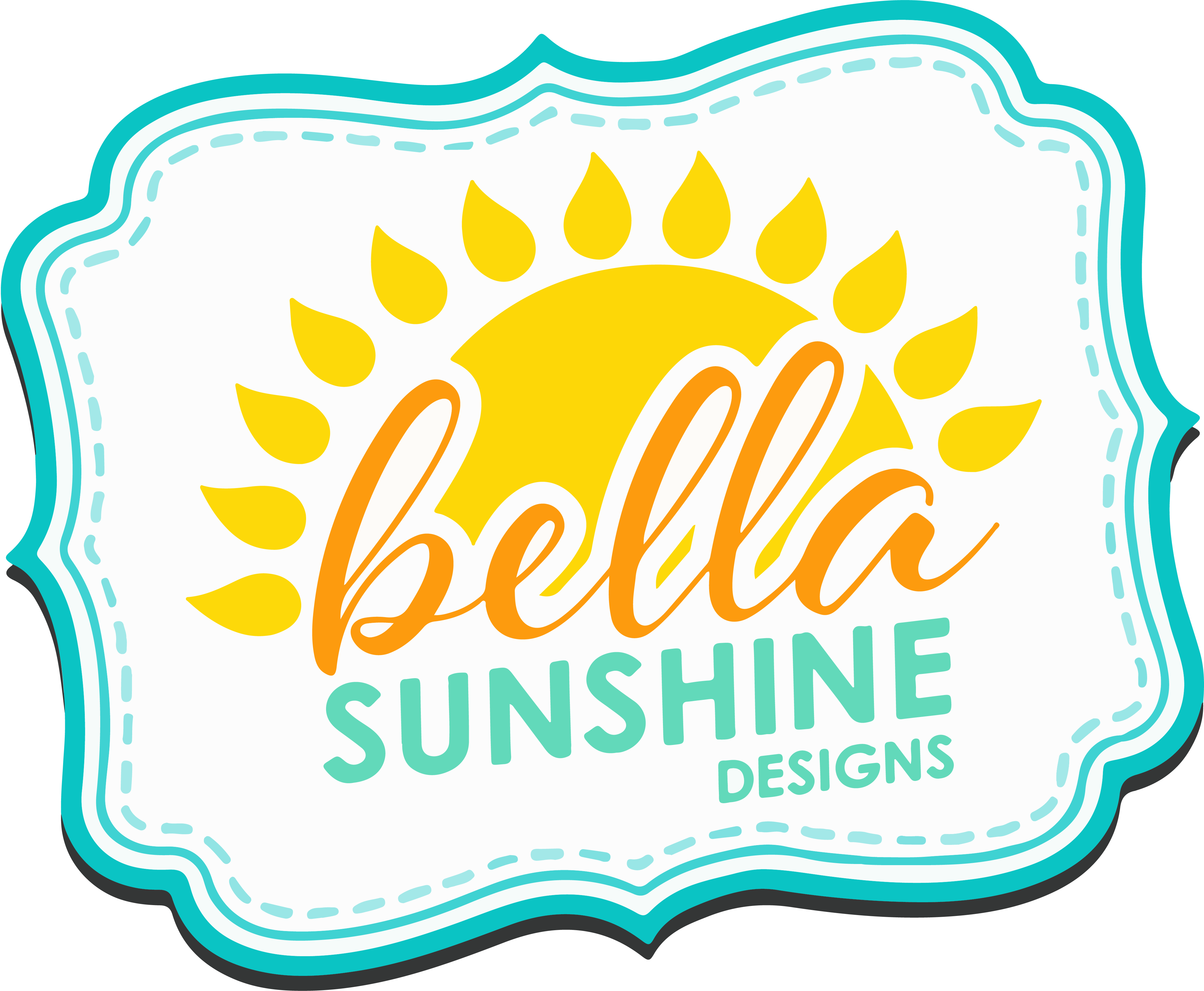
Know Your Needles! And the Fabrics They Go With
Ready? Let's get started!
-
The Universal Needle.
You can use this needle across a variety of woven or knit fabrics, from a mid-weight to a fairly lightweight without too much of an issue. If you're just starting out and practicing, this might be a good choice for you as they are also sometimes a little less expensive than some of the other varieties. But they will also not always produce as beautiful as a result depending on the other aspects of the project, such as thread and fabric choices.
-
The Sharp or Microtex Needle.
These needles have a much sharper point and narrower shaft than other needles. This makes it ideal for lighter weight or more finely woven fabrics like silk, satin, faux suede, and microfiber. It also helps enable perfectly straight stitching which makes it perfect for things like topstitching, edge stitching, and pintucks (which we at Bella Sunshine LOVE to do!)
-
The Ballpoint Needle.
Ballpoint needles are made for knits! Their points are rounded, which allow them to slide through the fibers of the fabric without breaking them. This keeps the integrity and stretch of the fabric intact. They also provide the ability to produce more even stitching on coarser knits (interlocks, cotton spandex) as well as preventing damage to more fragile knits (spandex, brushed polyester) that might snag or run more easily).
-
The Denim Needle.
Denim needles are designed thick and strong with an extremely sharp point. This needle is perfect for powering through thick, tightly woven fabrics such as denim, duck, and canvas. They are also ideal for going through many layers without breaking. In garment making, these would be most commonly used for making winter coats (like Gabriella's) and heavier jumper dresses or pants.
-
The Twin or Double Needle.
Double needles are two needles connected to a single shaft. Their purpose is to mimic a cover stitch, or parallel finishing stitch. This gives the garment a more professional look when completing a garment.
We hope you've found this helpful and that maybe you've learned a little something! If you have any questions about this, please feel free to visit us in our Facebook group here or ask in the comments below and we will do our very best to help! Now that you know about needles, be sure to look at the differences in fabric types. We've broken fabrics down into wovens and knits.
